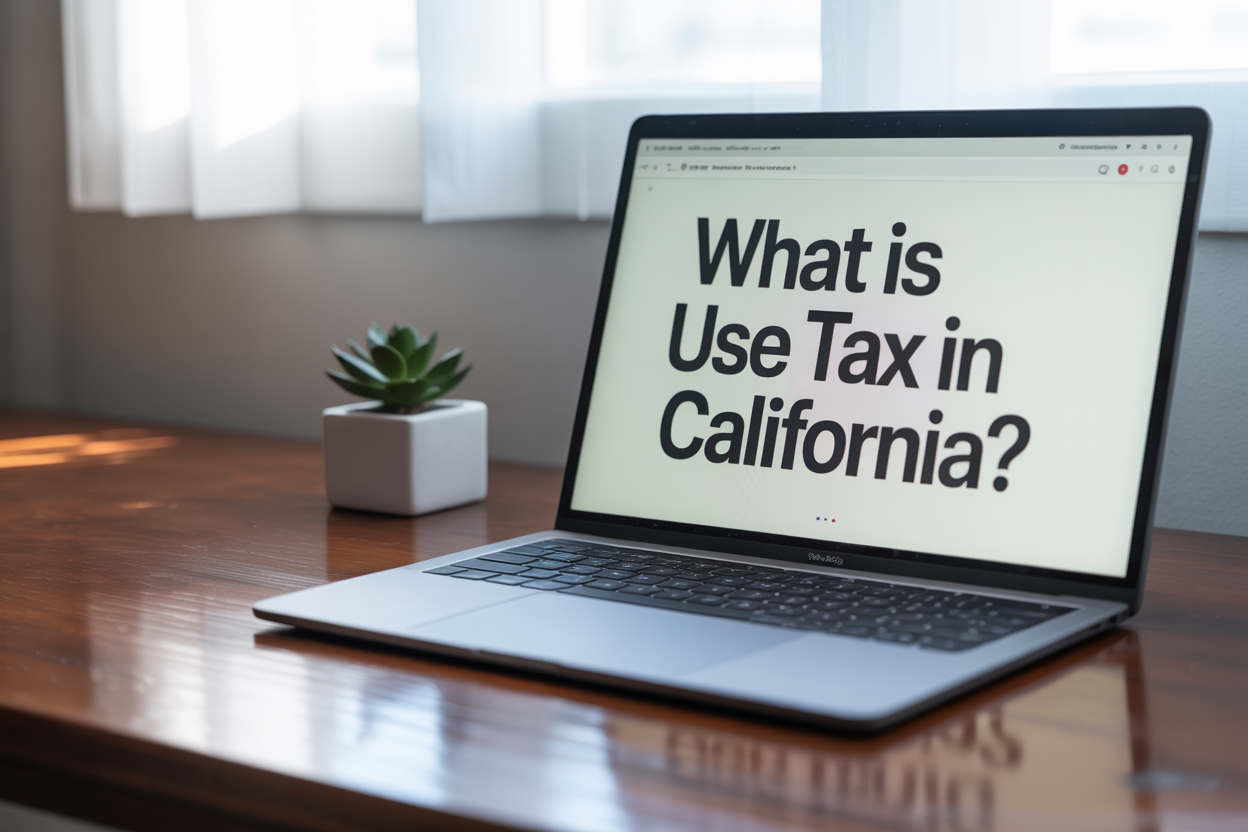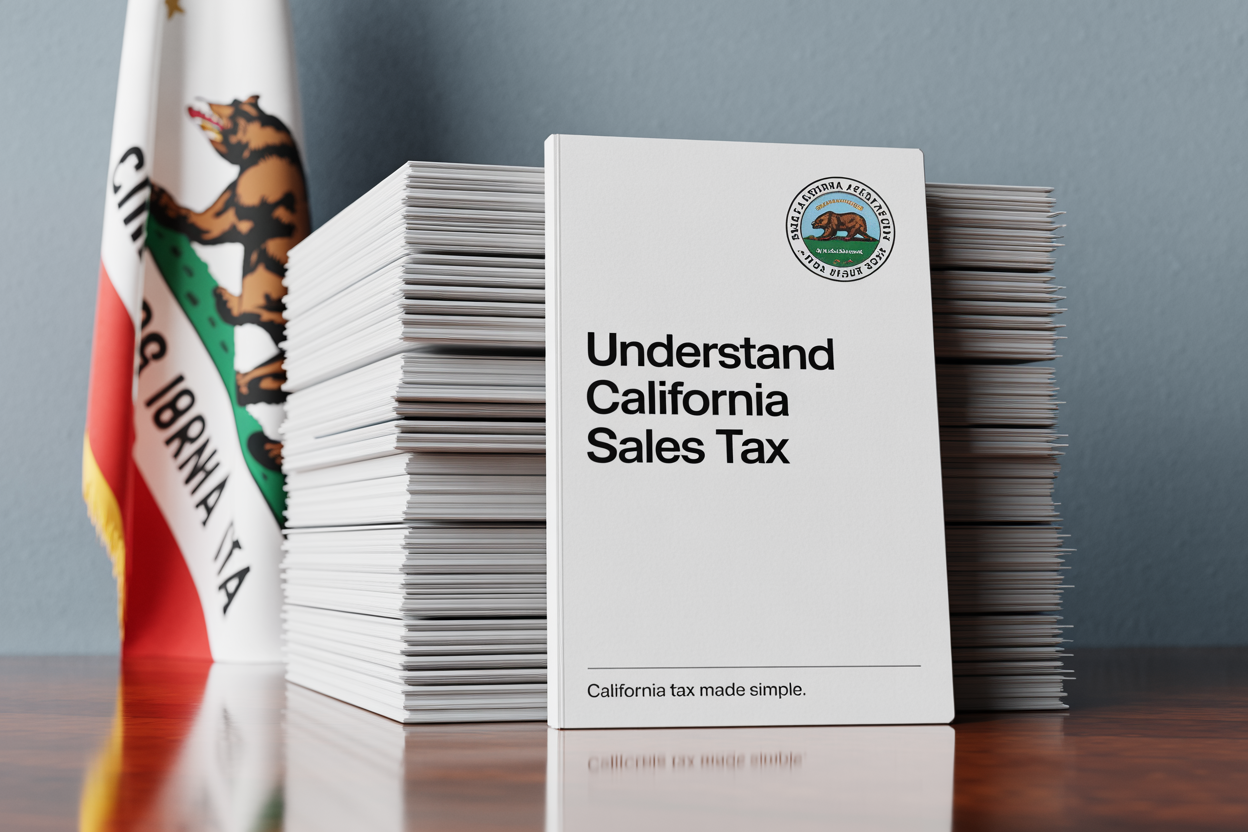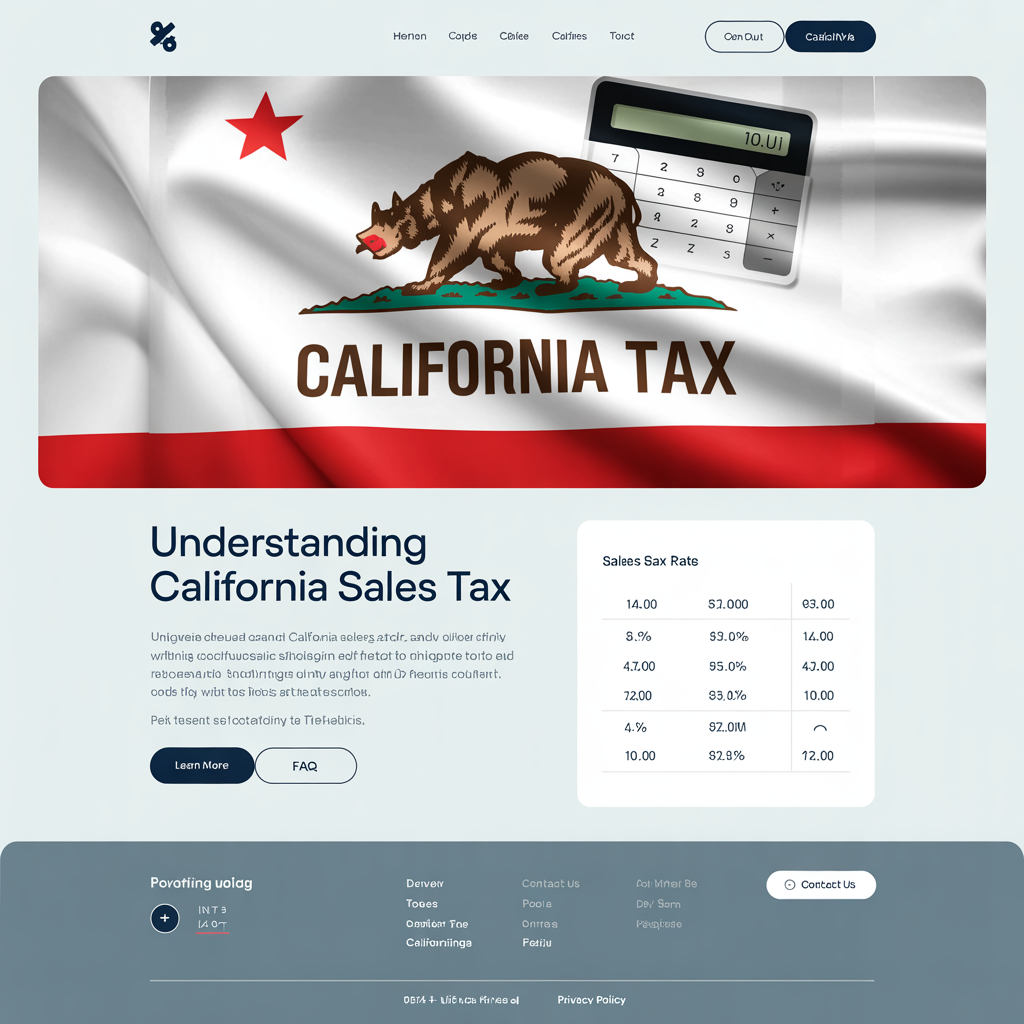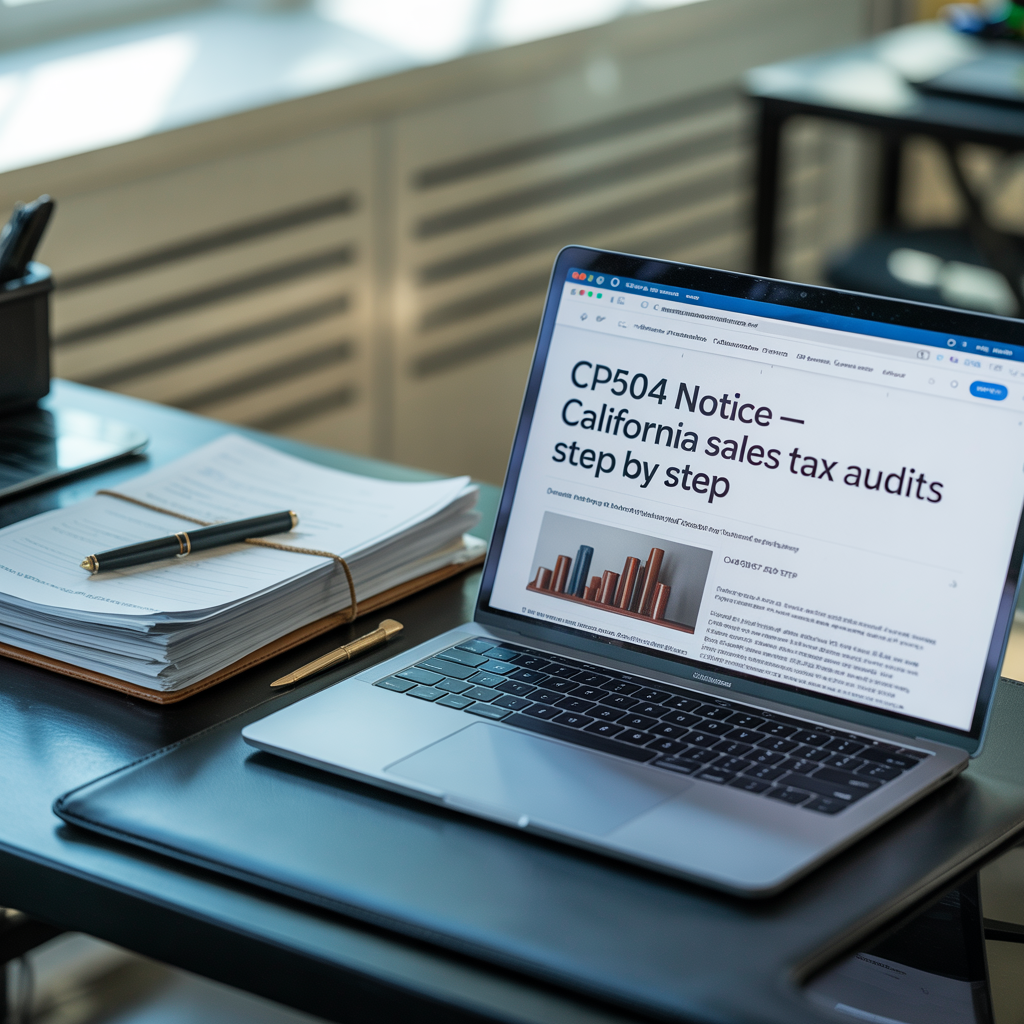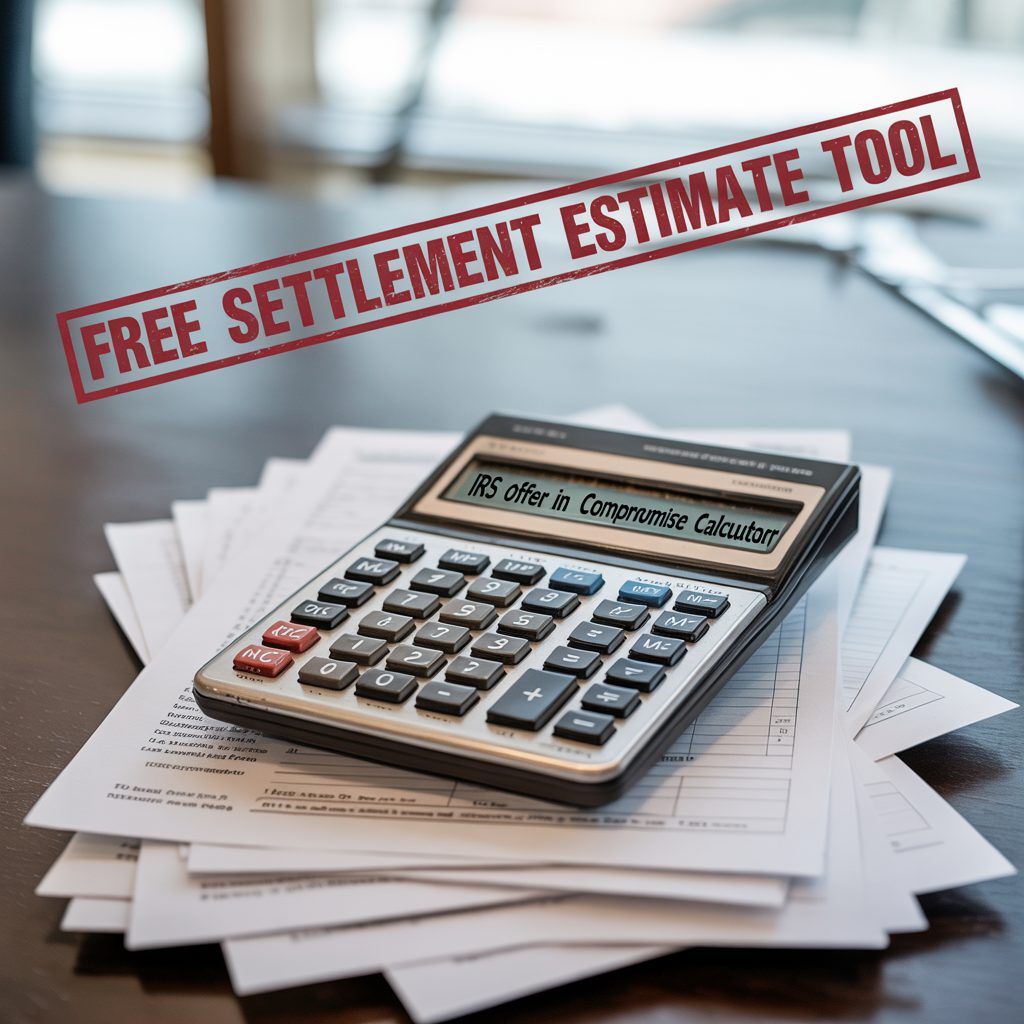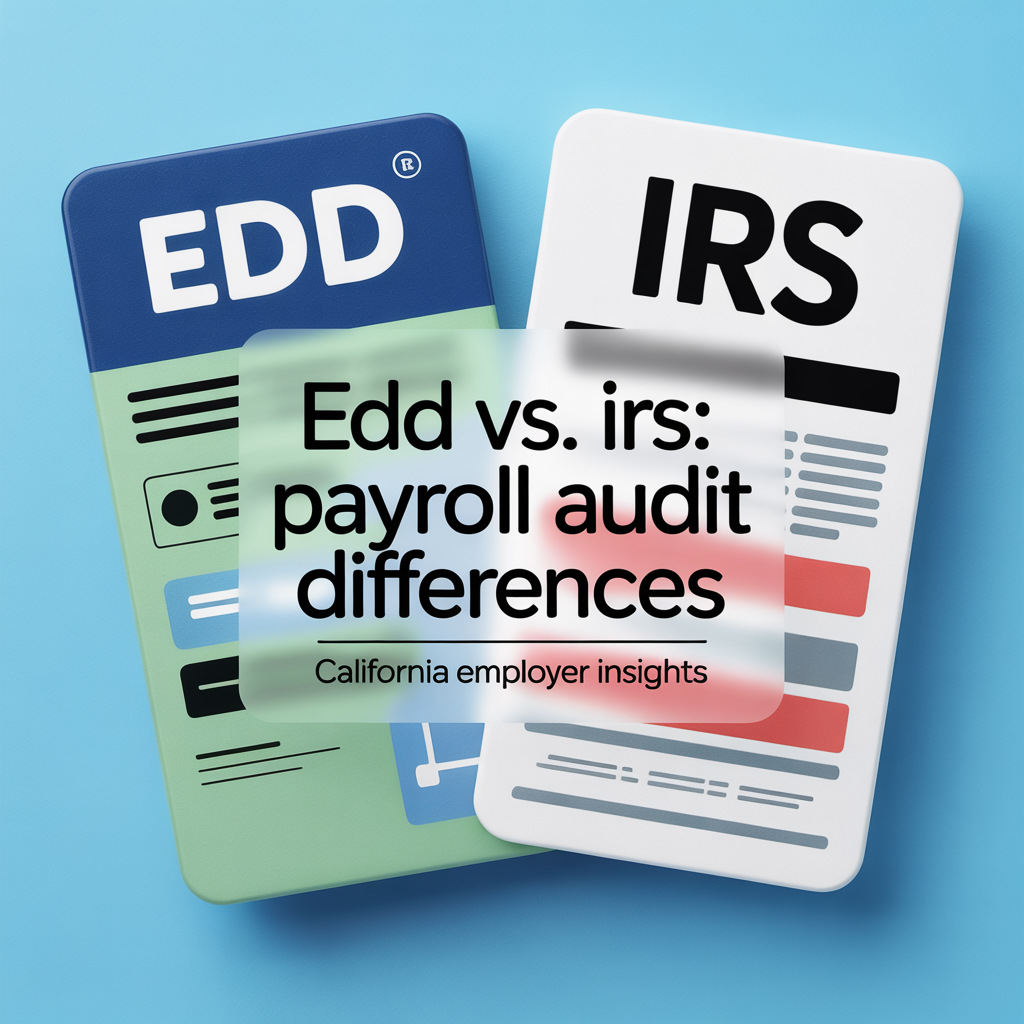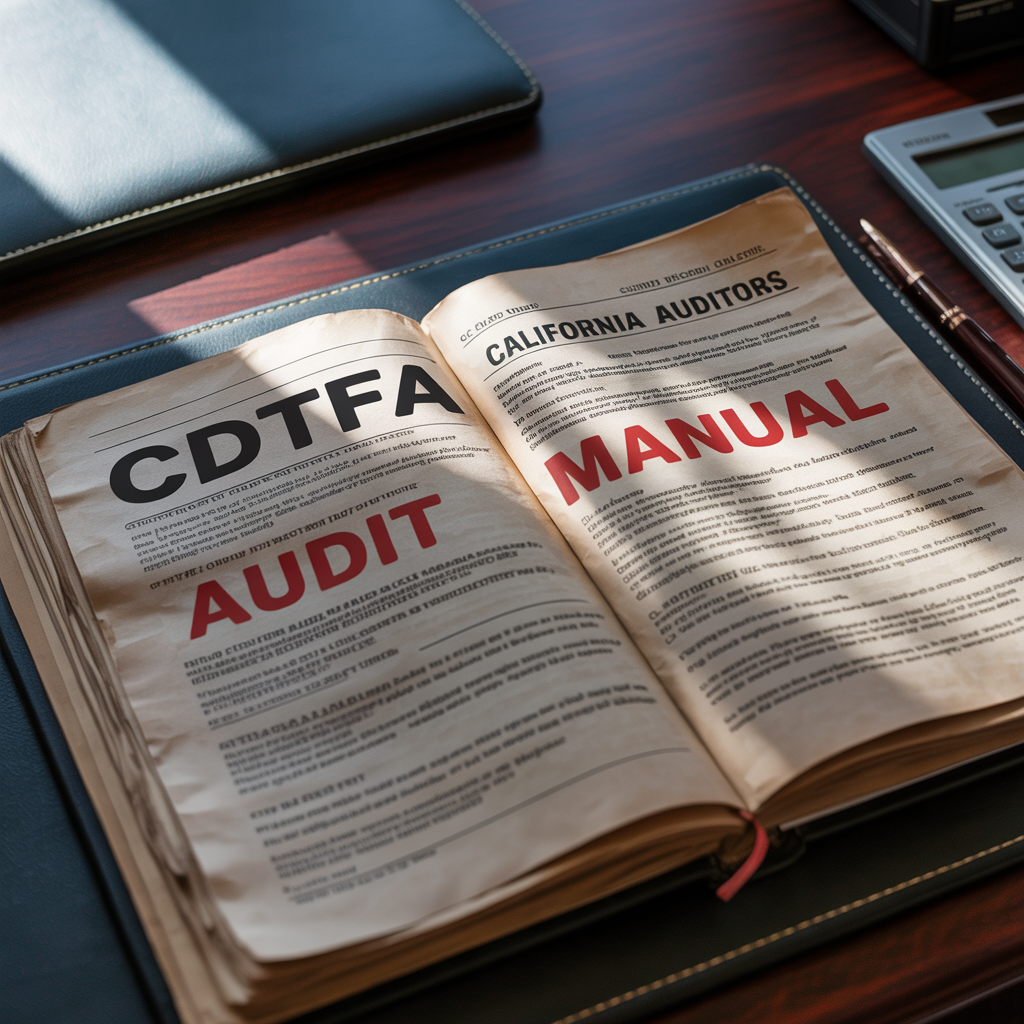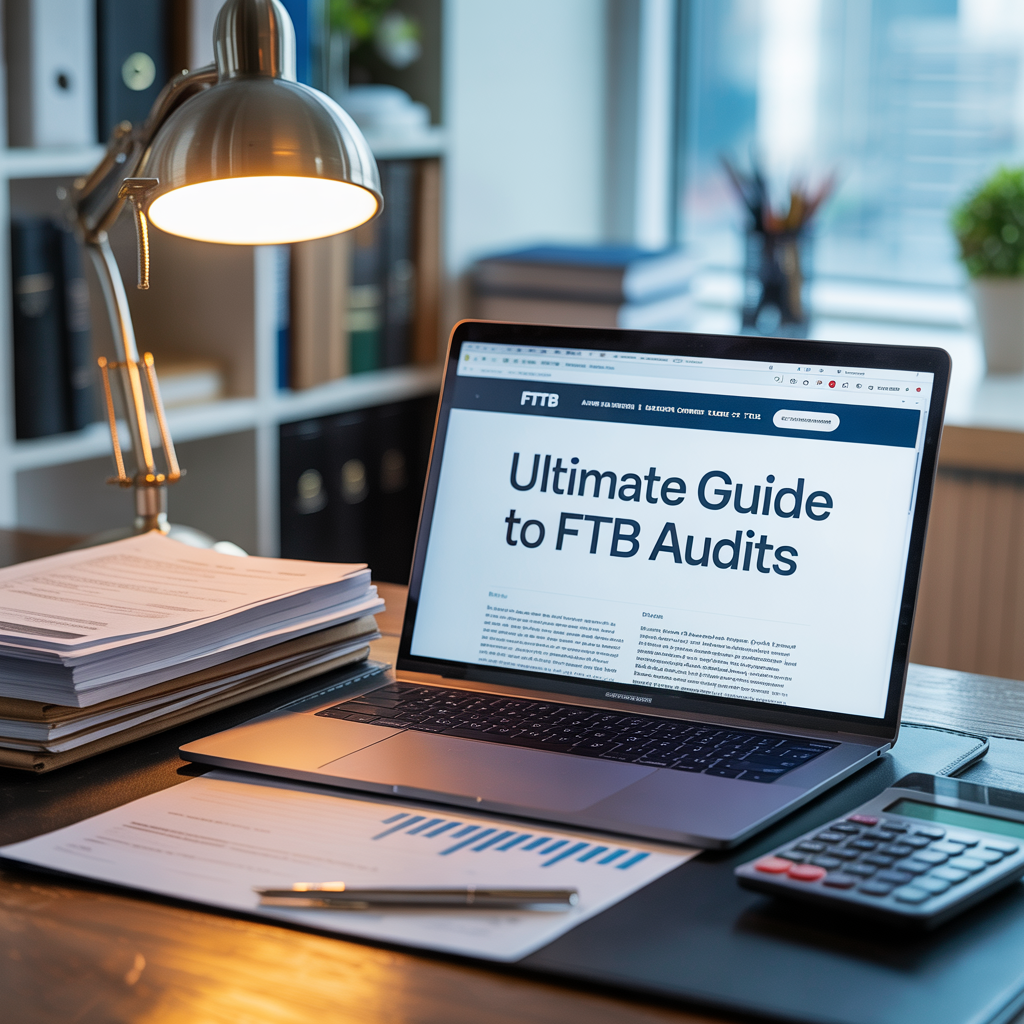IRS Bank Account Levy in California – What to Do When Your Funds Are Frozen

The IRS Just Seized Your Bank Account—Here’s What to Do Right Now
If your bank account was suddenly frozen and you found out the IRS issued a levy, you’re not alone—and you still have options.
A bank levy is one of the most aggressive collection actions the IRS can take. If you live or operate a business in California and just received a notice of levy or your funds are frozen, the clock is ticking. You have a narrow window to act before the money is transferred out of your account.
This blog explains how IRS bank levies work in California, what triggers them, and most importantly—how to stop or reverse them.
What Is an IRS Bank Levy?
An IRS bank levy is a legal action where the IRS instructs your bank to freeze and eventually send your funds to satisfy unpaid tax debt.
Here’s what happens:
- Your bank freezes the account the day the IRS levy is received (Form 668-A)
- You cannot access the funds during the freeze period
- After 21 days, the money is automatically sent to the IRS
- You may still owe more afterward
It’s important to understand the IRS levy vs lien differences because while a lien is a claim against property, a levy is active enforcement—your money is taken.
Why Did This Happen?
IRS bank levies are typically triggered when you:
- Owe a tax debt
- Ignore multiple IRS notices (CP14, CP504). The IRS intends to levy your property.
- Receive and ignore Letter 1058 or LT11 – Final Notice of Intent to Levy
If you took no action within the 30-day warning period, the IRS moved forward with enforcement. That’s why “
responding to an IRS notice of intent to levy is essential to protect your assets before they are frozen.
Step-by-Step: What to Do Now
Step 1: Call the Bank and Get the Freeze Date
You need to know exactly when the 21-day clock started. This is your window to act before the funds are released.
Step 2: Contact the IRS Immediately
If you act quickly, the IRS may agree to:
- Release the levy voluntarily
- Pause the action while you enter a payment plan
- Accept settling tax debt with an Offer in Compromise
- Allow using Currently Not Collectible status to stop levies if you can prove financial hardship
Don’t wait for a mailed response—call or have a representative contact the revenue officer or collections division directly.
Step 3: File a CDP Request (If You’re Still Within the Window)
If you’re within 30 days of receiving the Final Notice of Intent to Levy, file Form 12153 – Request for a Collection Due Process Hearing.
This halts collections and gives you the chance to present alternative resolutions.
Related: IRS Collection Appeals Program (CAP) vs. CDP Hearings – What’s the Difference?
Step 4: Prove Financial Hardship
If the levy has caused:
- Inability to pay rent or mortgage
- Missed payroll
- Loss of basic living expenses
If you’re already facing wage deductions, you may also need guidance on stopping wage garnishment in California, which follows similar resolution strategies.
What Happens After the 21 Days?
If you don’t act in time, the bank will:
- Send the frozen funds to the IRS
- Unfreeze the account, but the money is gone
- Leave the levy in place for future enforcement
At that point, your best move is avoiding IRS levies before they start, which means staying proactive with notices, payment plans, or resolution requests.
We Help California Taxpayers Stop IRS Bank Levies
At Boulanger CPA and Consulting PC, we:
- Respond immediately to bank levy notices
- Request emergency levy releases
- File appeals and CDP requests
- Help you settle the underlying tax debt
We also provide educational resources where you can explore more in Defend What’s Yours and learn strategies to stay ahead of IRS enforcement.
Call (657) 218-5700 or request emergency assistance at www.orangecounty.cpa
Frequently Asked Questions
What is an IRS bank levy?
An IRS bank levy is when the IRS freezes funds in your bank account to collect unpaid tax debt. The bank must hold the funds for 21 days before sending them to the IRS.
Can I access my money during the 21-day hold?
No. Once the levy is issued, the bank must freeze the funds. You cannot withdraw them unless the levy is released before the 21-day deadline.
How can I stop a bank levy?
You can stop a levy by negotiating an installment agreement, submitting an Offer in Compromise, requesting Currently Not Collectible status, or proving financial hardship.
What happens if I ignore the levy?
If you do not act within 21 days, the bank must turn the funds over to the IRS. Levies can continue on future deposits until the debt is resolved.
Can the IRS levy joint bank accounts?
Yes. The IRS can levy accounts with your name on them, even if they are joint accounts, though the other account holder may claim their share of the funds.
Does California also issue bank levies?
Yes. The California Franchise Tax Board (FTB) and Employment Development Department (EDD) issue bank levies independently of the IRS for unpaid state taxes.
How can I prevent a bank levy in the future?
File returns on time, stay compliant with payments, and resolve outstanding balances through IRS or FTB resolution programs before enforcement begins.
Should I get professional help if my bank account is levied?
Yes. Because you only have 21 days, professional help is critical to negotiate a release and prevent ongoing levies on future deposits.
📣 About the Author
Marc Boulanger, CPA is the founder of Boulanger CPA and Consulting PC, a boutique tax resolution firm based in Orange County, California and trusted by high-income individuals and business owners across Southern California.
He is the author of Defend What’s Yours: A California Taxpayer’s Guide to Beating the IRS and FTB at Their Own Game, available now on Amazon. The book offers a step-by-step plan for resolving IRS and FTB tax debt without losing your business, your home, or your peace of mind.
With over a decade of experience resolving high-stakes IRS and State tax matters, Marc brings strategic insight to complex cases involving wage garnishments, bank levies, unfiled returns, and six-figure tax debts. He is known for helping clients reduce or eliminate tax liabilities through expertly negotiated settlements and compliance plans.
Marc is a Certified Public Accountant licensed in California and Oklahoma and holds the designation of Certified Tax Representation Consultant. He is a member of the American Society of Tax Problem Solvers (ASTPS) — the national organization founded by the educators and practitioners who have trained thousands of CPAs, EAs, and tax attorneys in IRS representation strategy.
Every case is handled with discretion, proven methodology, and direct CPA-led representation — not call center scripts.
📍 Learn more at www.orangecounty.cpa or call (657) 218-5700.

